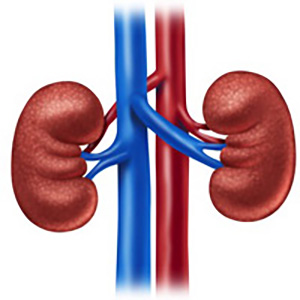 Smart Citations
Smart CitationsSee how this article has been cited at scite.ai
scite shows how a scientific paper has been cited by providing the context of the citation, a classification describing whether it supports, mentions, or contrasts the cited claim, and a label indicating in which section the citation was made.
Randomized comparison of effect of standard antibiotic prophylaxis versus enhanced prophylactic measures on rate of urinary tract infection after flexible ureteroscopy
Purpose: To compare the rate of post-flexible ureteroscopy urinary tract infection (UTI) in patients subjected to the standard antibiotic prophylaxis alone versus enhanced prophylactic measures.
Methods: A prospective randomized controlled study included 256 patients subjected to flexible ureteroscopy (FURS) for ureteral or renal stones from March 2018 to July 2022. Treatment groups included the standard antibiotic prophylaxis group (group 1, n=128) and the enhanced prophylaxis group (group 2, n=128). Patients in group 1 were injected with intravenous fluoroquinolone one hour preoperatively, and oral antibiotics were used for 24 h postoperatively. Patients in group 2 had urine culture ten days before the procedure; antibiotic-culture based was given for positive asymptomatic cases, while the procedure was deferred for active UTI.
Results: The study groups were comparable regarding patient demographics, stone characteristics, operative time, and intraoperative complications. The overall hospitalization time was 1.68 ± 0.81 days. Postoperative, and overall complications were significantly higher in group 1 (15.6% vs. 6.3%, p = 0.04 and 26.6% vs. 17.2%, p = 0.047), respectively. Twenty patients (15.6 %) in the standard prophylaxis group were diagnosed with UTI in comparison to 8 patients (6.3 %) in the enhanced prophylaxis group (p = 0.047).
Conclusions: Urinary tract infection after FURS could be reduced significantly by utilizing the suggested enhanced prophylactic approach.
How to Cite

This work is licensed under a Creative Commons Attribution-NonCommercial 4.0 International License.
PAGEPress has chosen to apply the Creative Commons Attribution NonCommercial 4.0 International License (CC BY-NC 4.0) to all manuscripts to be published.

 https://doi.org/10.4081/aiua.2023.11084
https://doi.org/10.4081/aiua.2023.11084





